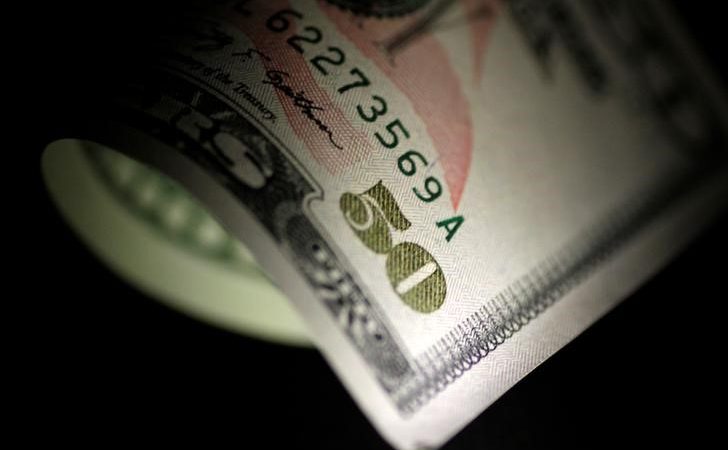
Forex -Dollar Weakens Further Against Yen, Aussie Gains After Caixin Services
Investing.com – The dollar fell further against the yen in Asia on Monday as views on the Fed rate hike path were at the forefront, while the Aussie reversed declines as a look at China services showed a surprise jump.
USD/JPY changed hands at 109.89, down 0.25%, while AUD/USD traded at 0.7928, up 0.03% as top trading partner China showed more demand for services. China published its January Caixin services index which showed a level of 54.7, compared to 53.6 expected and 53.9 in December.
The U.S. dollar index, which measures the greenback’s strength against a trade-weighted basket of six major currencies, eased 0.02% to 89.02.
The UK is to release data on service sector activity. Later Monday, ECB head Mario Draghi is to testify on the central bank’s Annual Report for 2016 before the European Parliament.
Investors will also be looking to political wrangling in Washington over the country’s finances ahead of the Feb. 8 spending deadline and the debt ceiling issue. In what is set to be a relatively light week on the economic calendar, central bank meetings in the UK, Australia and New Zealand will also be in focus.
Last week, the dollar rose on Friday after the latest U.S. jobs report showed that hiring remained robust and wage growth accelerated in January, bolstering expectations for a faster pace of rate hikes by the Federal Reserve this year.
The U.S. economy created 200,000 new jobs last month, the Labor Department reported and the unemployment rate remained steady at a 17 year low of 4.1%.
The report also showed that U.S. average hourly earnings rose 0.3% during the month and 2.9% from a year earlier, the most since 2009.
The uptick in wage growth boosted the outlook for inflation and underlined the case for the Fed to raise interest rates at a faster pace this year.
Expectations of tightening monetary policy tend to boost the dollar, as rising rates make the currency more attractive to yield-seeking investors.
The U.S. central bank left rates unchanged last week but said it anticipated inflation would likely rise in 2018, underlining expectations that borrowing costs will continue to increase. The Fed currently projects three rate hikes for this year.
The dollar fell 3.1% in January as expectations that other world central banks, including the European Central Bank, may tighten monetary policy faster than expected eroded its relative yield attraction for investors.


